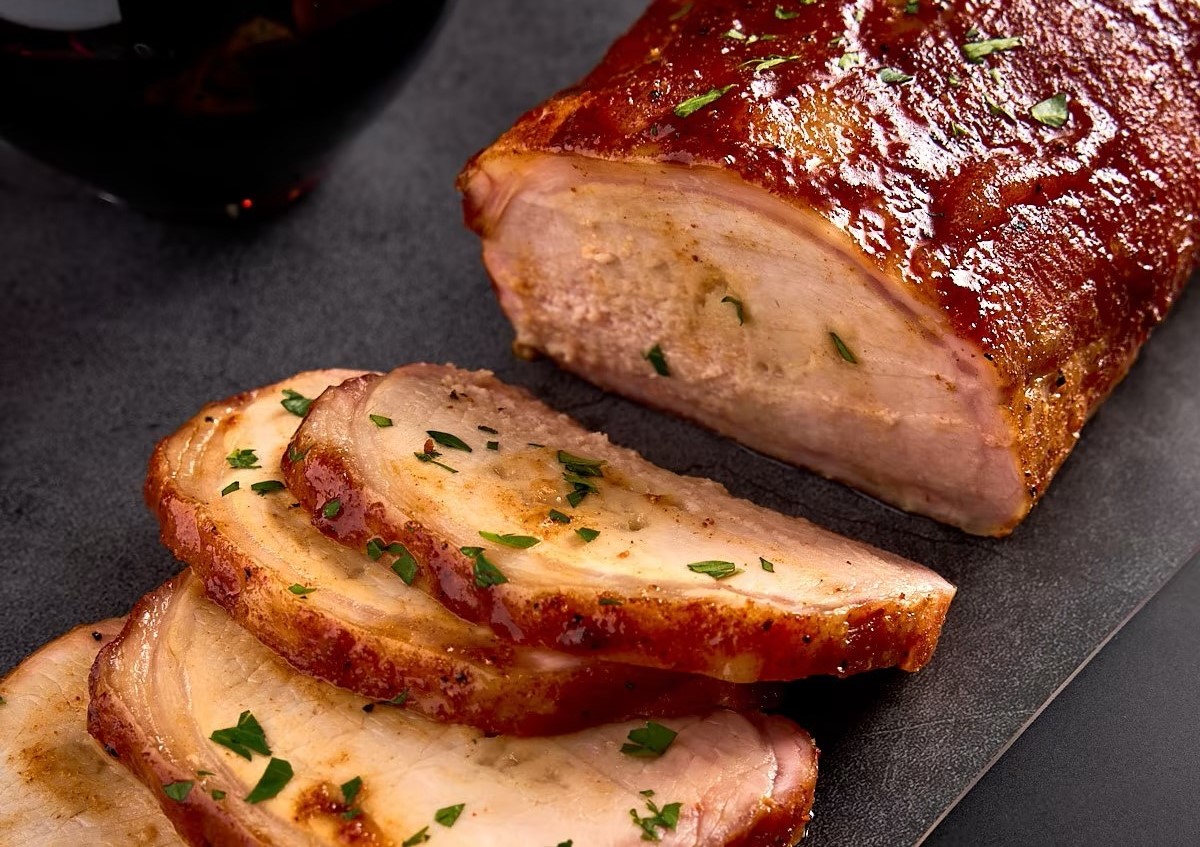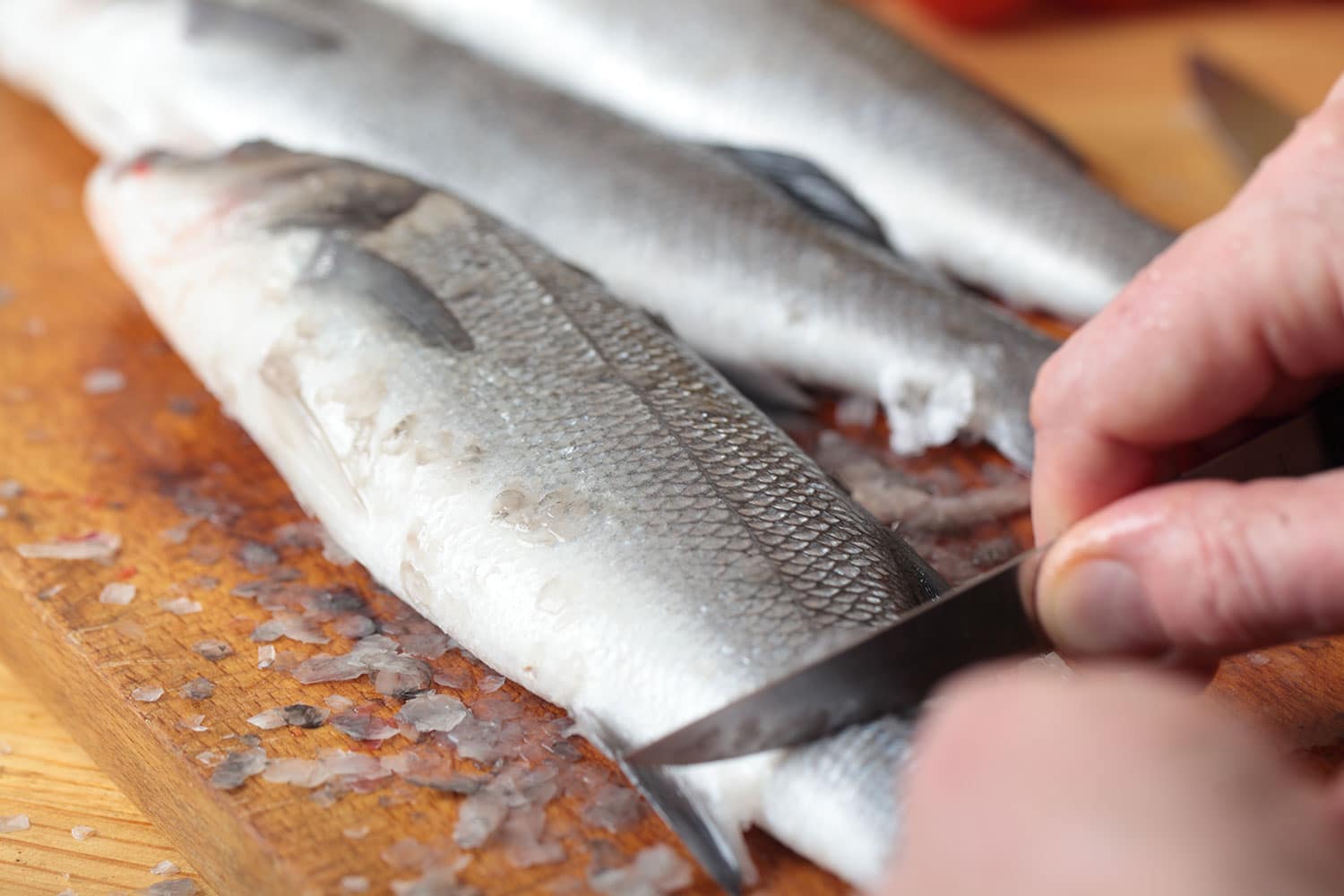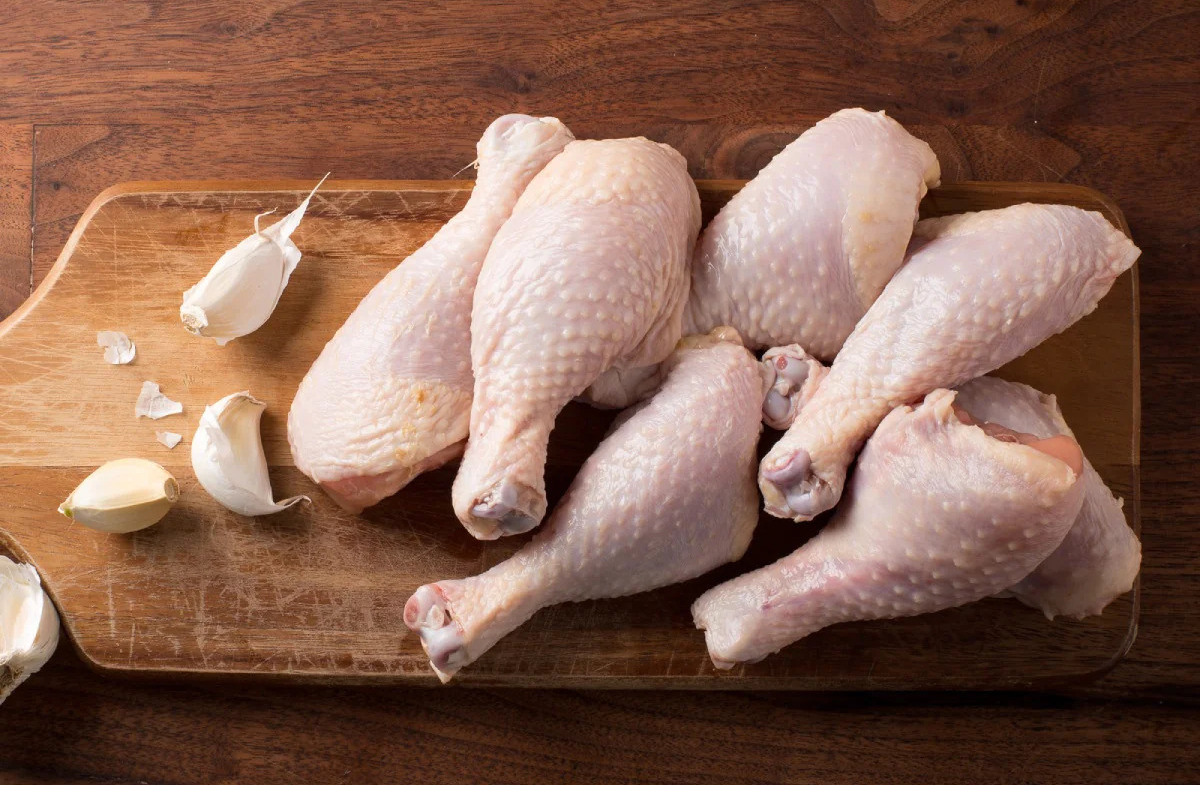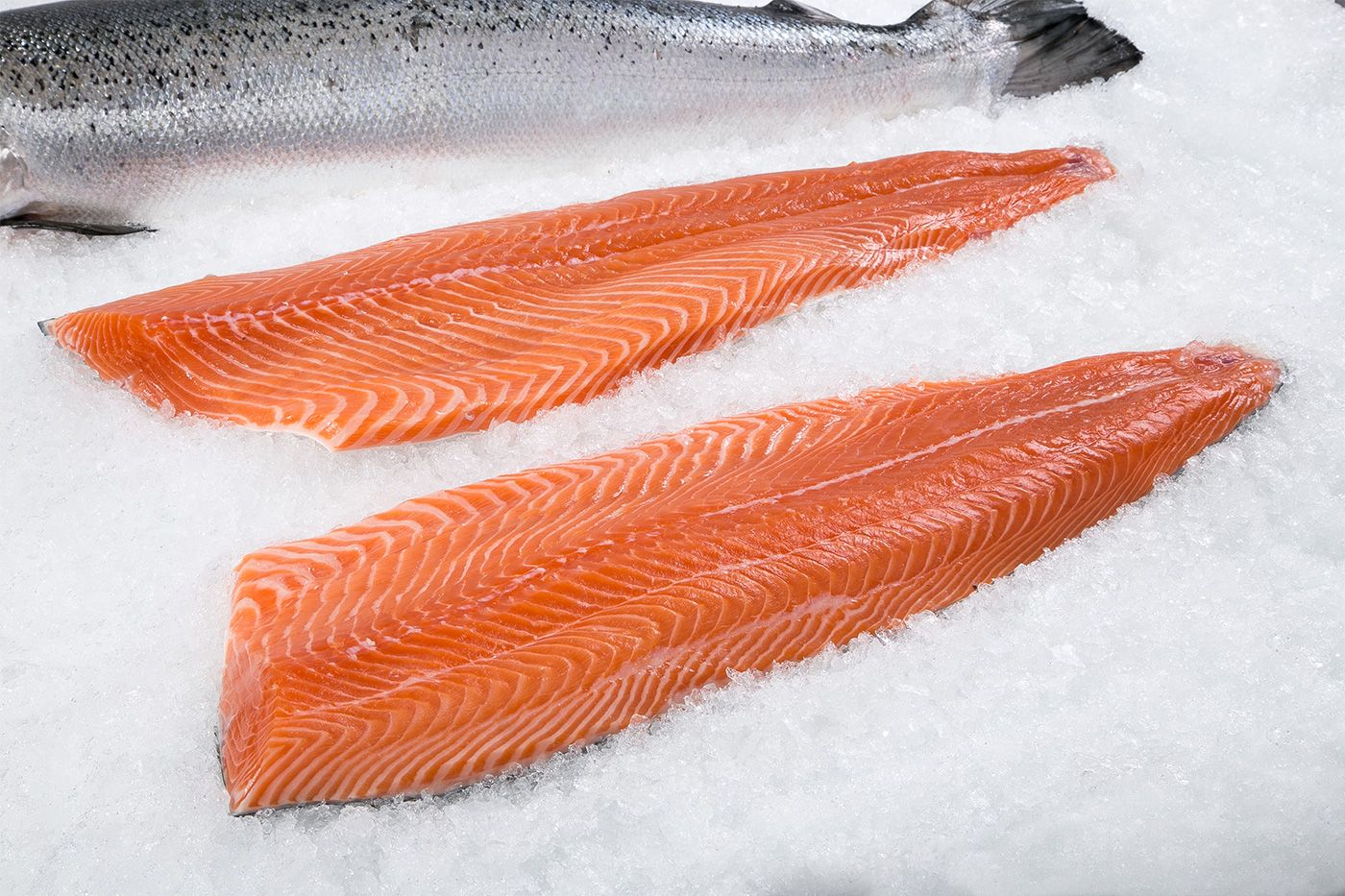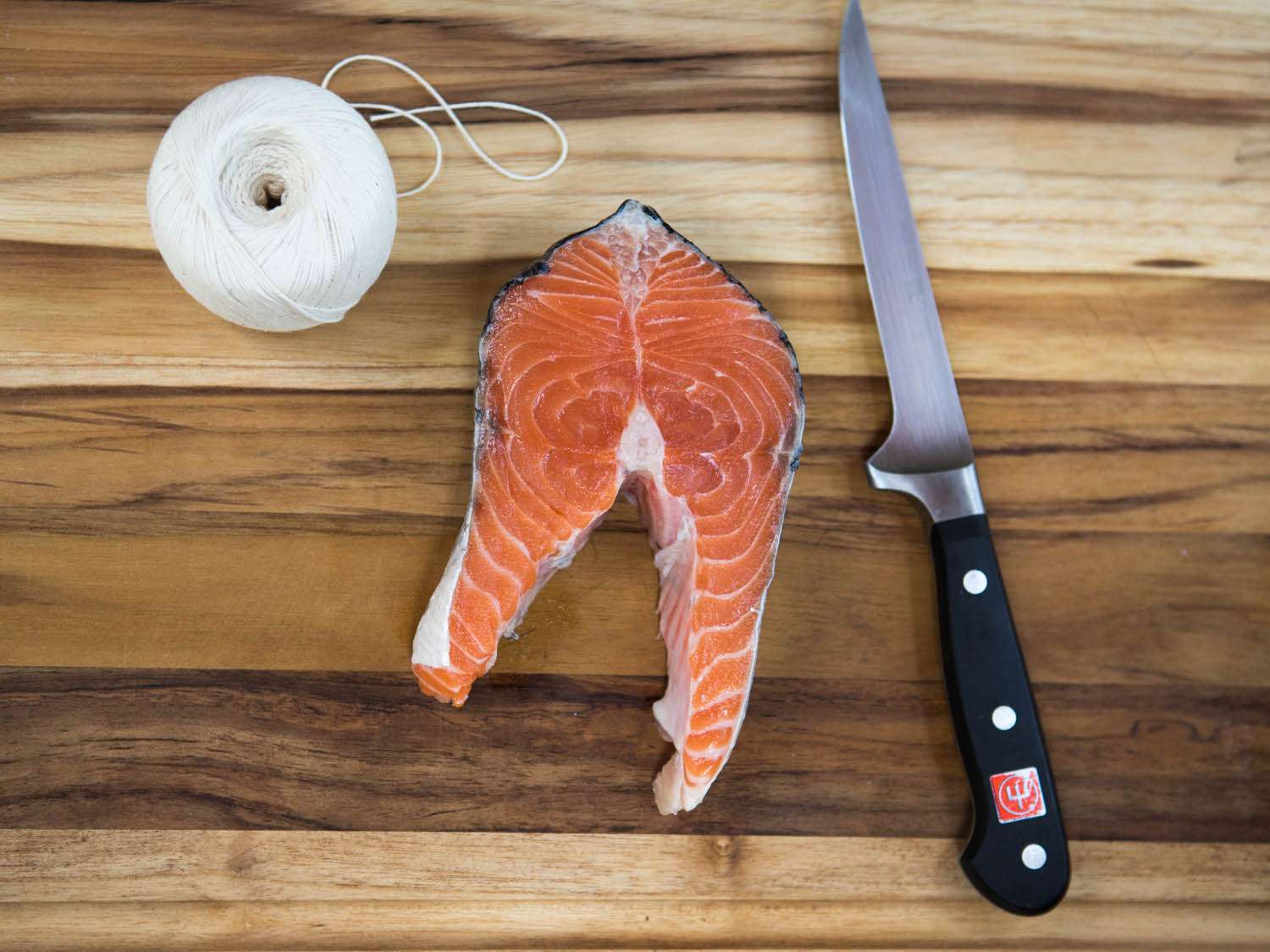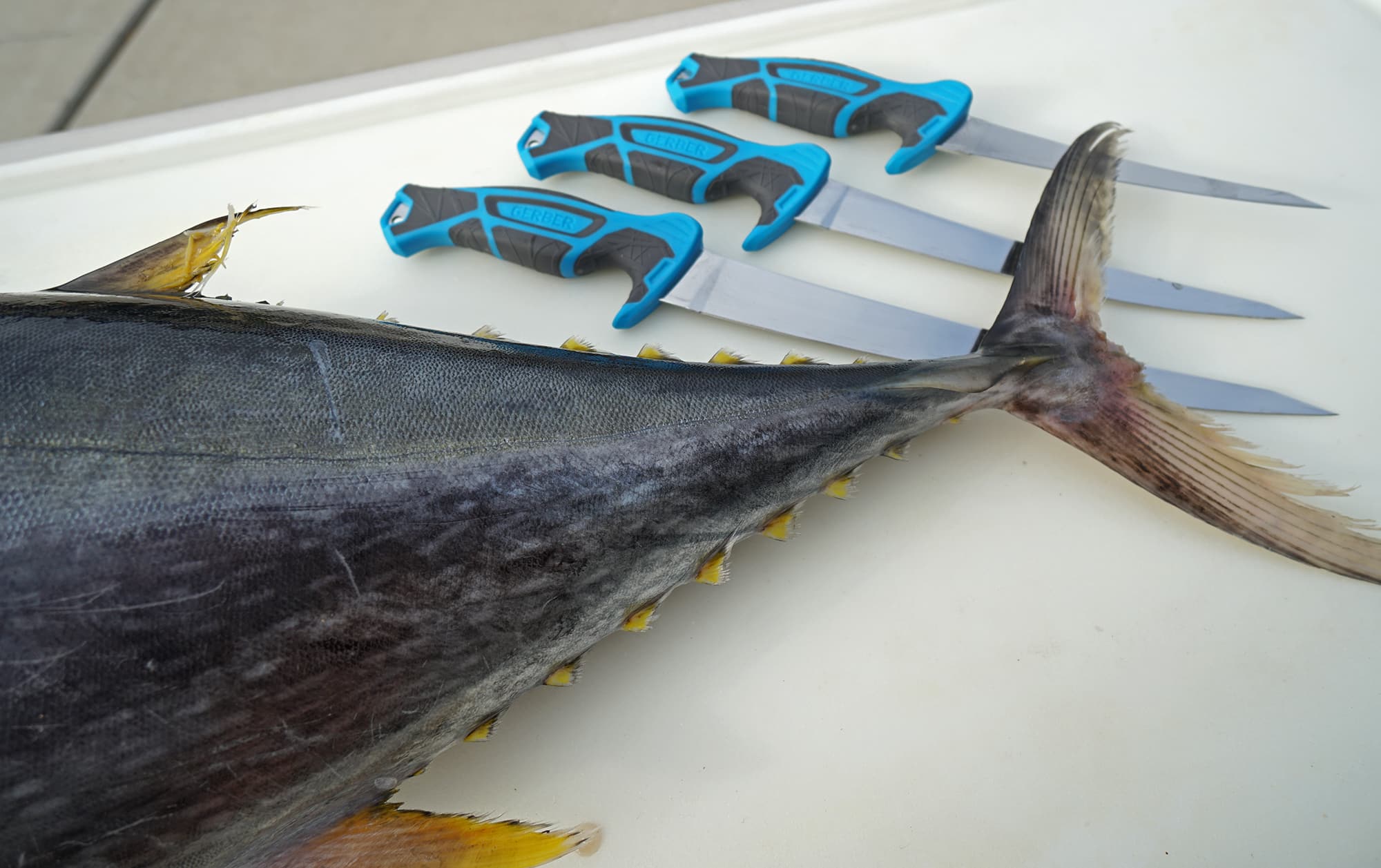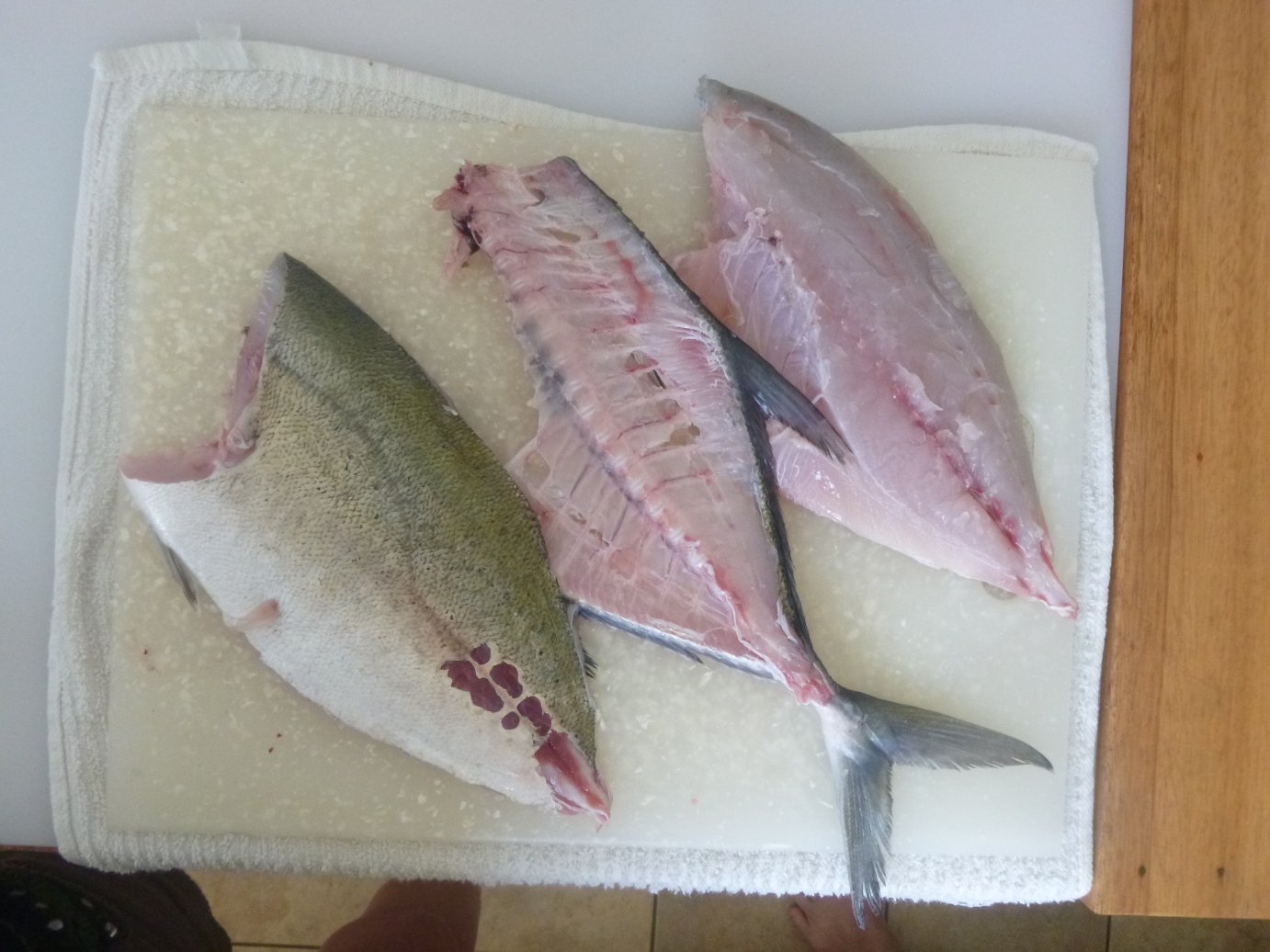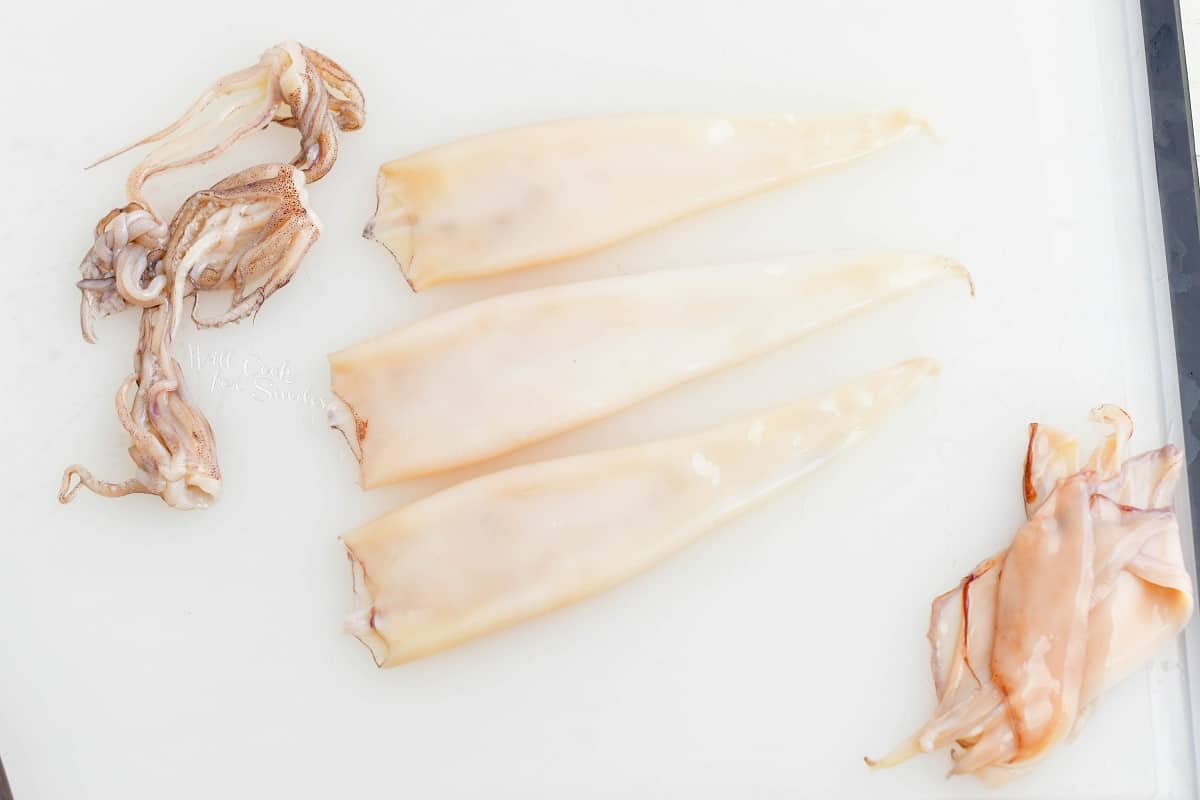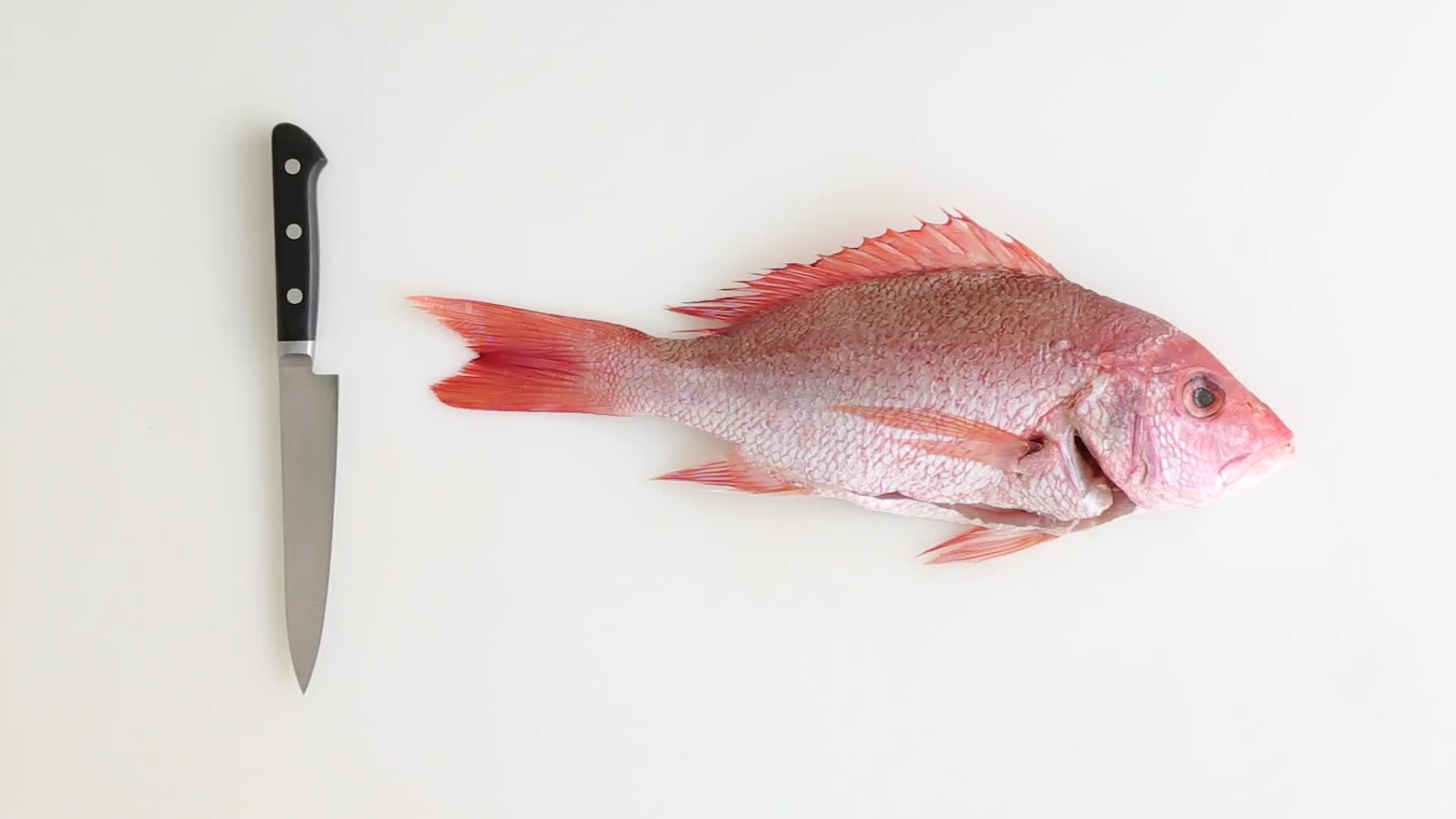Sure, here's a blog post on how to fillet a cisco:
Easy Steps to Fillet a Cisco
If you’re a fan of fresh fish, you might want to try your hand at filleting a cisco. This small, oily fish is abundant in many freshwater lakes and can be a delicious addition to your next meal. Filleting a cisco may seem daunting at first, but with the right technique, you can easily prepare this fish for cooking.
Here’s a step-by-step guide to fillet a cisco:
- Prepare your workspace: Start by gathering all the necessary tools, including a sharp fillet knife, cutting board, and a clean workspace. Make sure your cisco is properly cleaned and scaled before you begin.
- Make the initial cut: Lay the cisco on the cutting board and make a small incision just behind the gills, angling the knife towards the head. This will create an opening to begin the filleting process.
- Remove the head: Once the initial cut is made, carefully cut through the flesh to remove the head of the cisco. Discard the head and continue to the next step.
- Remove the backbone: With the head removed, use the fillet knife to make a long, clean cut along the backbone of the fish. Use smooth, steady strokes to separate the flesh from the bones.
- Separate the fillet: Once the backbone is removed, carefully lift the fillet away from the remaining bones. Use the knife to gently separate the flesh from the ribcage, ensuring that you remove as much meat as possible.
- Trim the fillet: After the fillet is removed, inspect it for any remaining bones or scales. Use the fillet knife to trim away any unwanted parts, creating a clean and uniform piece of fish.
- Rinse and pat dry: Once the fillet is prepared, rinse it under cold water to remove any remaining scales or debris. Pat the fillet dry with a paper towel before cooking or storing.
Now that you have successfully filleted your cisco, you can use the fresh fish in a variety of recipes. Whether you prefer to grill, bake, or pan-sear your cisco fillets, you can enjoy the fruits of your labor in a delicious and nutritious meal.
Remember, practice makes perfect when it comes to filleting fish, so don’t be discouraged if your first attempt isn’t flawless. With time and experience, you’ll become more confident in your filleting skills and be able to enjoy the benefits of fresh, homemade fish fillets.
Happy filleting!
For those keen on mastering the skill of filleting a cisco, there's a wealth of recipes to try using this versatile fish. They might start with the Classic Pan-Seared Cisco with Lemon Butter Sauce, a straightforward dish that highlights the delicate flavor of the fish with a zesty twist. Another great option is Grilled Cisco Fillets with Fresh Herbs, perfect for a light, aromatic meal. For something a bit heartier, Cisco Fish Tacos with Avocado Salsa offers a vibrant and tasty option. Those looking for a comforting bowl of goodness can try Cisco Chowder with Bacon and Potatoes, which marries the richness of bacon with the tender cisco. And for an elegant touch, Cisco Piccata with Capers and White Wine Sauce transforms the fish into a sophisticated dish with a burst of tangy flavor. These recipes not only show off the versatility of cisco but also provide a range of flavors and cooking techniques to explore.


